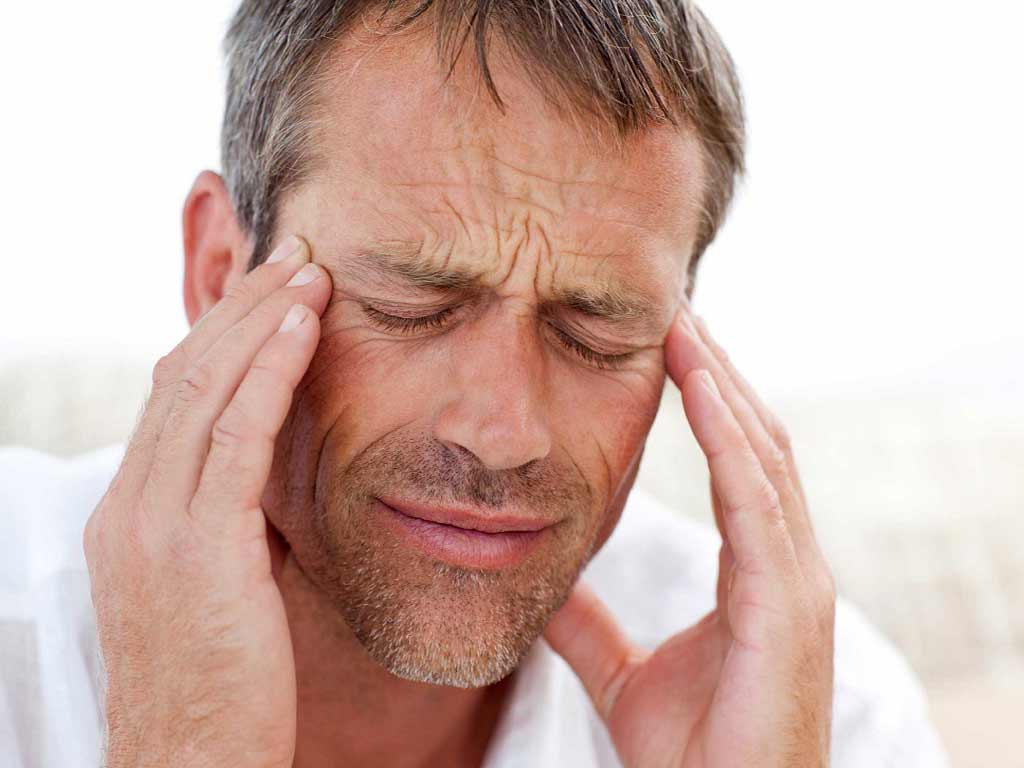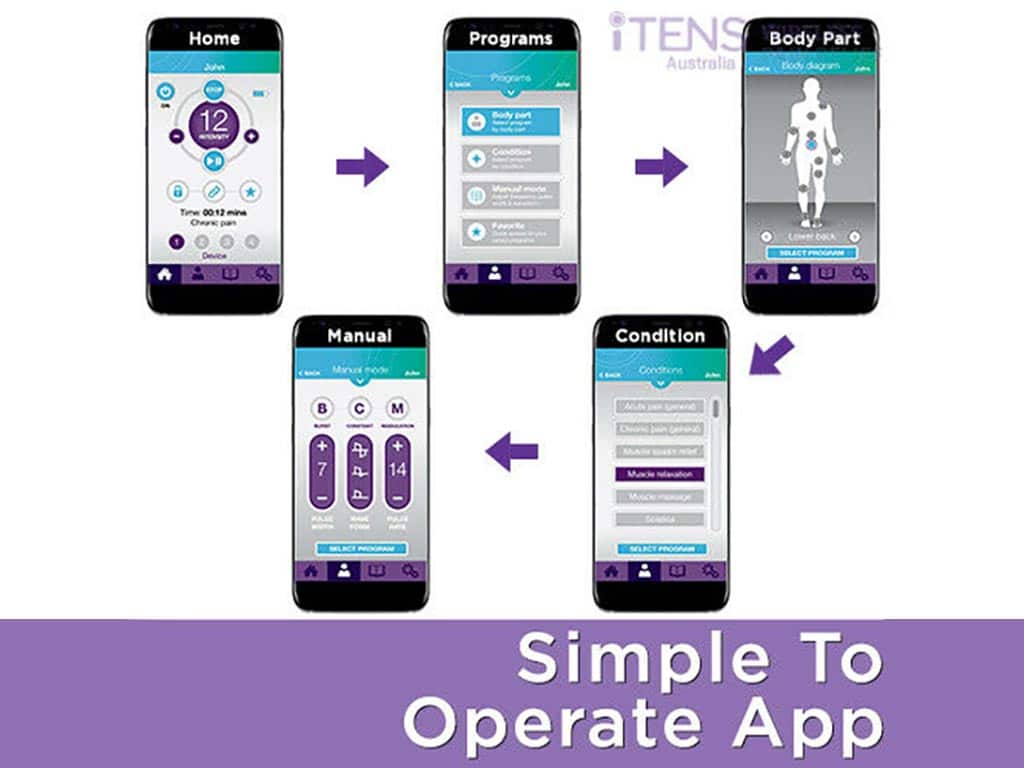
Transcutaneous Electrical Nerve (TENS) is a therapy used to relieve various acute and chronic conditions. It is often used for nerve-related disorders or activity-induced pain. A TENS machine utilises mild currents to stimulate the underlying nerves. With pain alleviation in mind, many ask if you can use a TENS machine on your face. With extra caution, a person with facial pain may apply TENS on specific areas. For the best advice, you may consult your doctor or therapist.
A TENS device is safe, non-toxic, and non-invasive. It is an all-natural process stimulating the body’s natural defences against pain using electrical currents. It also does not have adverse effects or health risks. Therefore, it is a suitable alternative to drugs. To minimise the symptoms, patients stick the electrode pads on the skin near the pain site. This article will present the facial pain types, uses of TENS, and safety guidelines.
What can TENS Machines on the Face Treat?
TENS therapy works on nerve endings to lessen pain symptoms. Due to its general effect on nerve stimulation, it is applicable to most areas. A person may use TENS machines on the face to help treat conditions like trigeminal neuralgia, bell’s palsy, and toothaches. Trigeminal neuralgia is a chronic disorder that causes severe pain on one side of the face. The attack can be sudden and lasts for a few minutes.
Bell’s palsy is a neurological condition that paralyses the facial muscle. It happens when there is an injury to one of the nerves that control the muscles. People with Bell’s palsy may have facial distortions, abnormal sensations, and difficulty eating or drinking. Another disorder is temporomandibular (TMJ) dysfunction. It leads to jaw pain, which may extend to the face. These conditions manifest numbing and throbbing sensations that affect the senses and functions of the face.
Other pain conditions that may make individuals want to use TENS machines on the face are toothaches, dental treatments, and other vascular pains. In physiotherapy, a professional may advise TENS as the treatment of choice to help with the rehabilitation of patients with chronic disorders. They may combine it with other methods, such as facial exercises, massage, and biofeedback. TENS pain management involves using the appropriate stimulation levels and pad placement.
More Benefits of TENS
TENS therapy benefits a wide range of body aches and ailments. It can help treat the following conditions:
- Osteoarthritis
- Rheumatoid arthritis
- Gout
- Fibromyalgia
- Sciatica
- Headaches
- Shoulder pain
- Bursitis
- Tendinitis
- Period cramps
- Labour pain
- Injury
- Post-operative pain
Some of these conditions, like arthritis and injuries, are risk factors for TMJ dysfunction and other facial pains.

How Does a TENS Machine on Face Work?
A TENS machine is a battery-operated device that utilises adhesive electrode pads. When placed on the skin, the electrodes send low-voltage electrical currents targeting the nerve endings. Hence, TENS machines on the face work on nerves transmitting pain signals. In particular, modulated frequencies cause the nervous system to negate pain sensations and release endorphins. High-frequency TENS stimulate the pain gate controllers to close, blocking the signals from reaching the receptors in the brain.
Another method is the use of low-frequency stimulation. At this level, it triggers the release of endorphins, the body’s natural painkillers. They help reduce pain by inhibiting nerve cells from sending chemical messages. As a result, they lower the overall pain perception. Furthermore, a person may use different frequency levels depending on the severity of the pain. However, it is not advisable to set the intensity too high, especially near sensitive areas like the head.
To use a TENS machine on your face, you may place the electrodes near the jaw or in front of the ear on the side of the pain. Then, set the device to the lowest settings. You may feel slight tingling sensations upon turning it on. There may be minor muscle twitches, but they should not cause vigorous contractions or discomfort. In addition, avoid putting the electrodes on the temples and top or across the head.
Advantages of TENS Therapy
- Drug-free pain relief
- Safe for frequent use with no adverse side effects
- No invasive procedures involved, like surgery or injections
- The device is light and portable
- It can be used at any time except while bathing, driving, and sleeping
- It can be used with other remedies, like hot and cold therapy and exercise

Is a TENS Machine on your Face Safe?
TENS devices are generally safe for most types of body pains. A person may purchase the device for home or personal use without professional supervision. Moreover, it operates on lower electrical levels than other types of electrotherapies or nerve stimulators. Thus, the currents are potent to induce painkilling actions but are mild enough not to cause further harm. However, since there are few studies that ascertain safety, using a TENS machine on your face requires extra precautions.
In general, professionals advise against using a TENS machine on the head without guidance. For pain conditions like tension headaches and migraines, you may position the electrodes beside the cervical spine or bottom of the neck. Additionally, some people use TENS multiple times daily to treat chronic pain. Nevertheless, it is vital to take 20-minute breaks between sessions. This will prevent overstimulation and muscle weakness.
Some people may experience headaches or unpleasant sensations when using TENS machines on the face or near sensitive areas. When this occurs, stop the treatment and wait for a few minutes. Seek medical care if the symptoms persist. Furthermore, avoid setting the frequencies at high levels. The currents should be well tolerated and do not increase the pain. Lastly, TENS may have minimal side effects, including rashes, redness, and irritations. Most often, they disappear after removing the pads.
Places to Avoid Pad Placement
Avoid placing the TENS electrodes on the following areas:
- spinal cord
- joints
- near a blood clot
- on cuts, open wounds, or broken skin
- on infected or irritated skin
- numb areas
- near an electrical implanted device like a pacemaker
- on the chest and upper back at the same time
- near a cancerous lesion
Conclusion
TENS therapy is a drug-free and non-invasive method of relieving pain symptoms from various health conditions. It is widely used in chronic pain management for leading ailments like arthritis, sciatica, and muscle soreness. However, many also ask if they can use TENS machines on the face. When positioned in the right places, TENS therapy can help alleviate facial pain, such as trigeminal neuralgia, Bell’s palsy, and other neurological disorders.
Although TENS machines are generally safe, it is vital to adhere to safety precautions to prevent significant risks. In addition, effective treatment relies on the correct usage of the device and proper pad placement. To enhance safety, you may choose a TENS unit endorsed by doctors and physiotherapists, such as the iTENS from iTENS Australia. iTENS is the first FDA-cleared wireless TENS device safe for personal use. A reliable TENS machine can help improve the quality of life.







